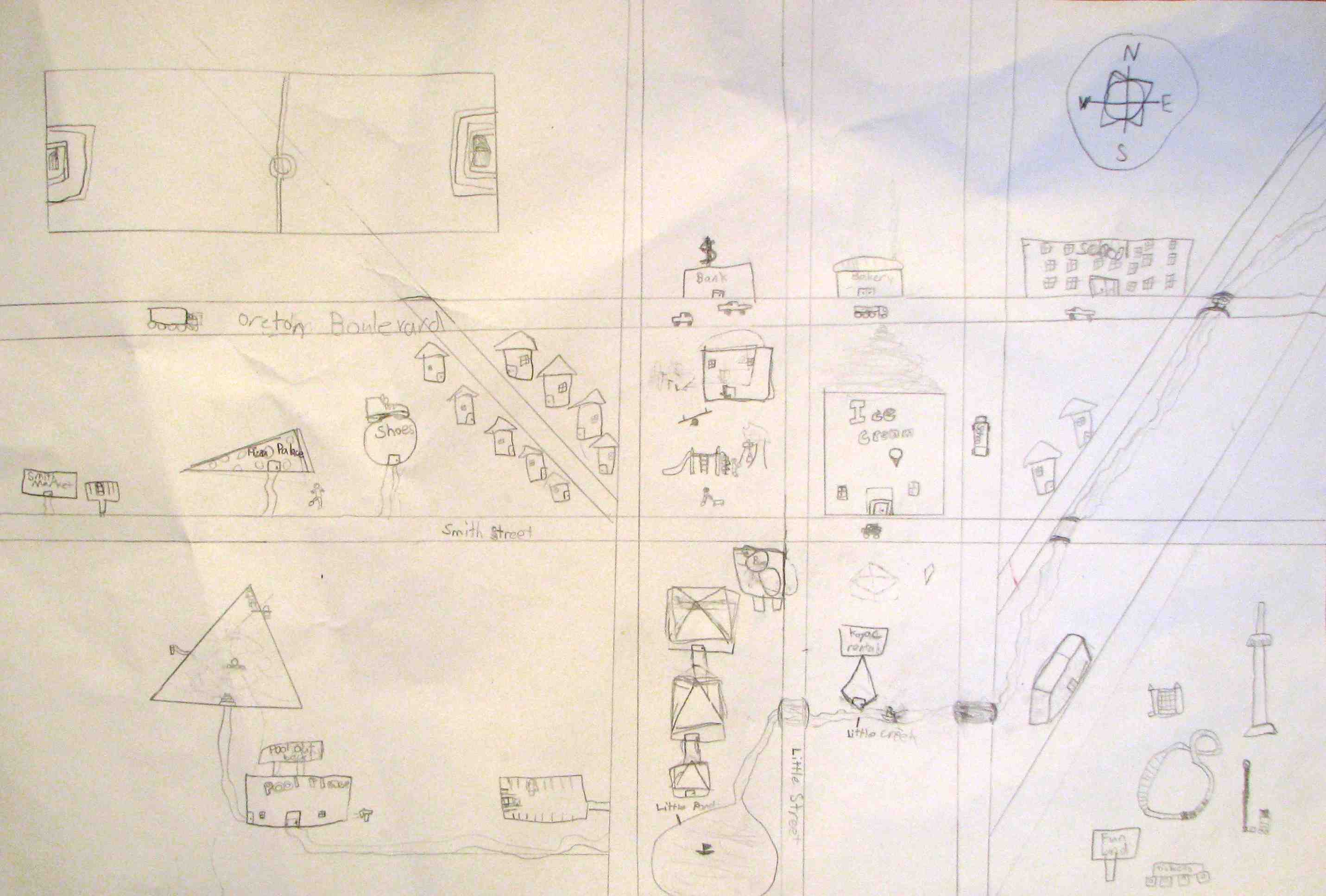Have you ever been to Oreton? So you say you’ve never heard of it? Neither had I until a few days ago. Let’s just say it has some rather interesting urban design elements.
England
I started my search in England and found a Street View image of one Oreton candidate in a rural corner of Shropshire. It looks to be rather pleasant but otherwise unremarkable. It doesn’t have much of a backstory that I could determine.
Ohio
I found another on in Ohio. But that one became a ghost town. Oreton lasted nearly a century as a company town serving nearby coal and iron mines. However, it fell into obsolescence after the mines closed. The name makes sense in that context and it sits right around the corner from Coalton. So it seems the coal barons didn’t have much originality. Hopefully they mined better than they named towns.
There may have been as many as seventy mining families residing in Oreton at its peak but it lacked a reason to exist after the 1950’s.
My Favorite Oreton
Actually, the Oreton I’d seen was a fictional Oreton from the mind of my son who is of elementary school age — the same son who observed all those modes of transportation recently. He has an active mind, I’ll grant him that. Behold a new town plat as envisioned by someone in the single digits:

I asked him how he came up with the name and he said it “sounded good.” There wasn’t any greater connection either to Shropshire or to Ohio. I found those places only as I sought to learn if the name had been taken already or not. Fictional Oreton seems to have a lot more going for it than either of the real Oretons.
The town appears to be configured along an East-West axis, as Oreton Boulevard and Smith Street clearly dominate the design. Only one North-South street has a name, Little Street, implying lesser status. I’ve numbered the blocks so I can describe their purposes. You can also open this link in another page or tab if you like, so you can see a larger image in greater detail.
Features
- Football pitch (or soccer field for the majority of 12MC readers). It’s certainly not an American Football field. The center circle along the halfway line at midfield and the goal and penalty boxes at either end give away it’s true purpose. Notice that a diagonal road has been removed from the original design to create additional greenspace.
- Bank. It lacks windows, perhaps for security reasons, although a gigantic dollars sign has been constructed so it’s not exactly inconspicuous.
- Bakery. Rising smoke and roof shaped like a bread loaf entices customers. The tractor-trailer out front prepares to whisk baked goods to market.
- School. Education is obviously well-regarded in Oreton. The three-story schoolhouse is one of the largest buildings in town.
- Mixed Use. This layout clearly recognizes the significance of New Urbanism design elements. A compact residential neighborhood abuts several businesses all within easy walking distance: Smith Market; Pizza Palace and a shoe store. Pizza Palace seems destined for Roadside America with it’s wedge-shaped structure and faux pepperoni exterior. The circular building with a giant shoe sculpture may also make the list.
- Playground. Two kids are depicted. One is pulling a wagon and the other is pushing a swing. A more cynical person might say that one is mowing the lawn and the other is contemplating suicide.
- Ice Cream. Elementary-aged values come to the forefront once again: the ice cream parlor may be the largest single building in town by volume.
- Quiet Residential. A couple of lovely bungalows line the banks of scenic Little Creek.
- Aquatics. Oreton devotes an entire block to an unusually-shaped triangular swimming pool. There’s plenty of parking at Pool Place and you’ll know you’ve arrived because of the oversized sign that says “Pool Out Back!”
- Museum. Tourist are important to Oreton, attracted in no small part by the multi-building Bug Museum on beautiful Little Pond.
- Whitewater. Visitors can then cross to the east side of Little St. and rent a kayak for Little Creek whitewater adventures.
- Amusement Park. Welcome to “Fun Land.” Buy tickets at the south entrance and help yourself to the roller coaster, bounce house, and drop tower (which I can determine only because we had one at our local county fair last year). There’s also something I can’t quite identify but maybe it’s one of those games of skill where you hit a lever with a large mallet and try to ring the bell?
Conclusion
I think I have a budding geo-geek and cartographer in the family. Maybe I’ll let him write a few articles when he gets a little older. And don’t tell him I posted his drawing. That’s our little secret.

Leave a Reply